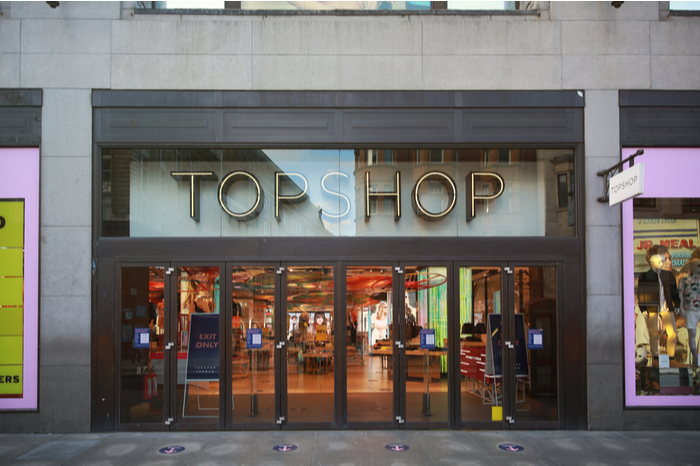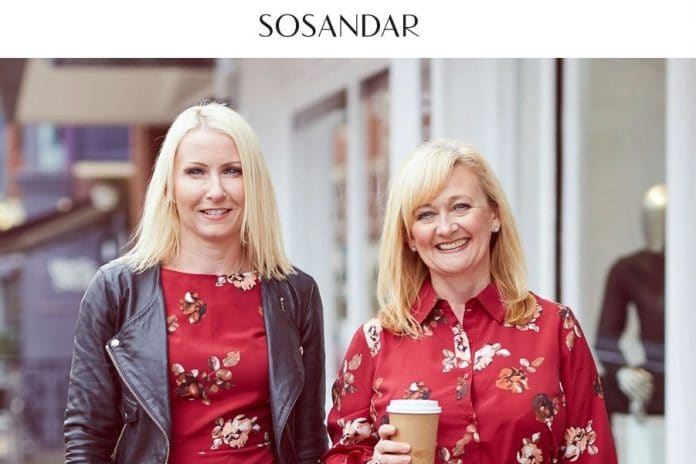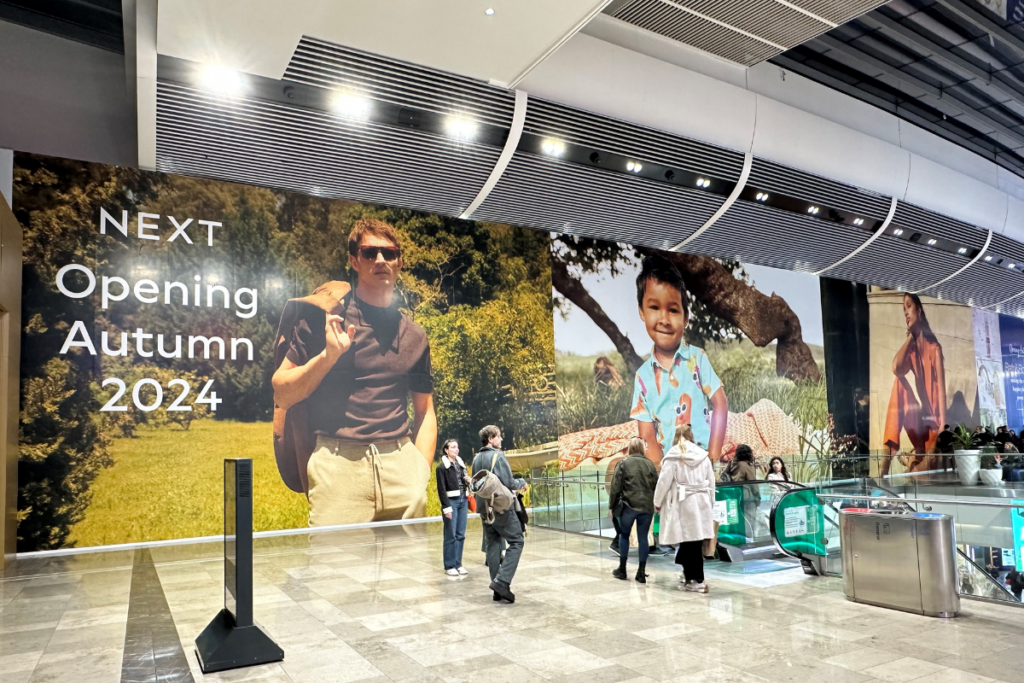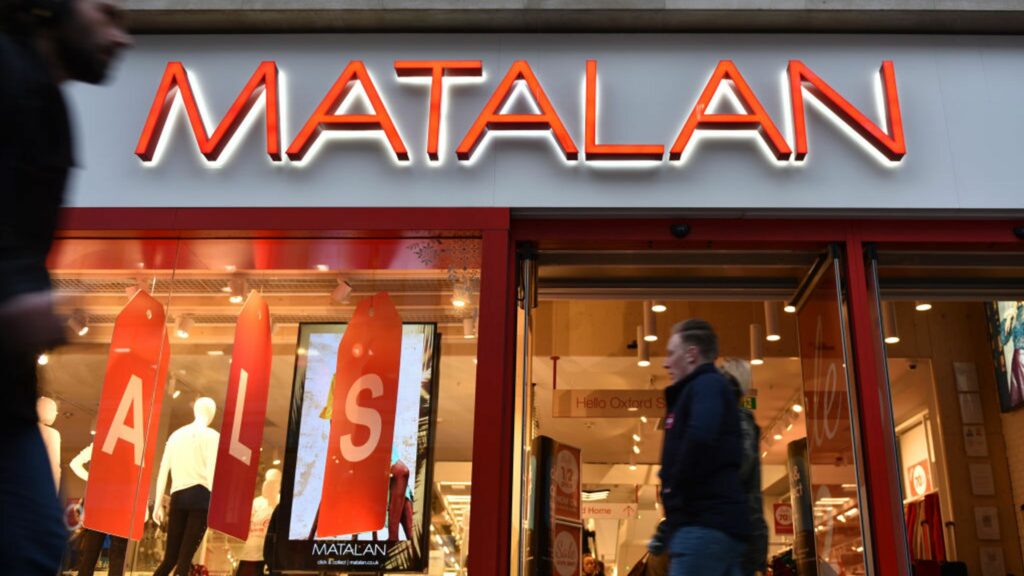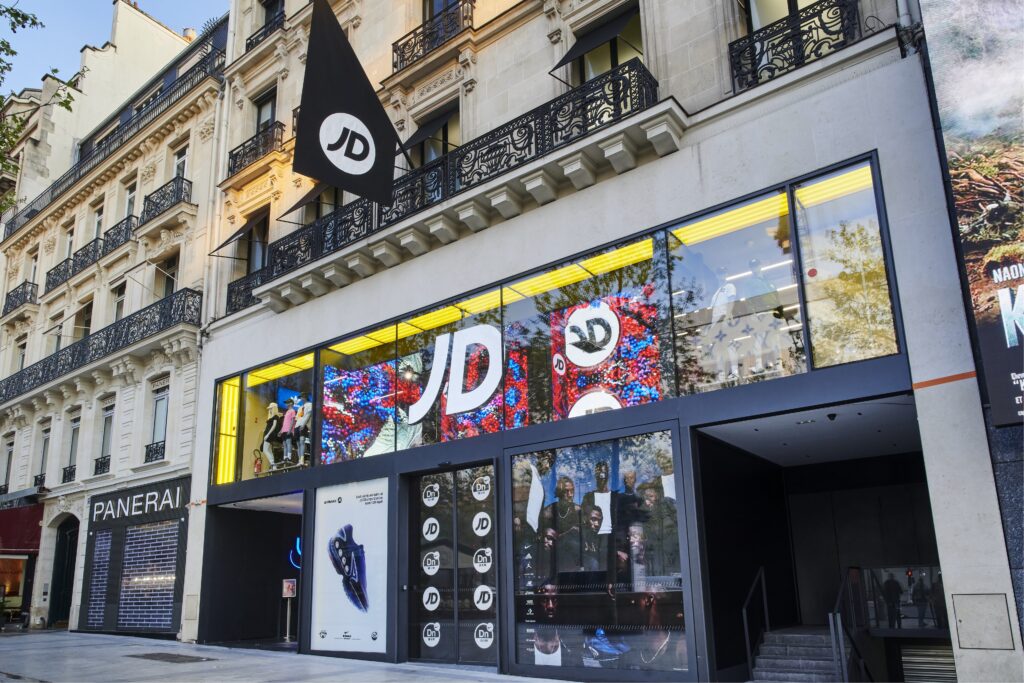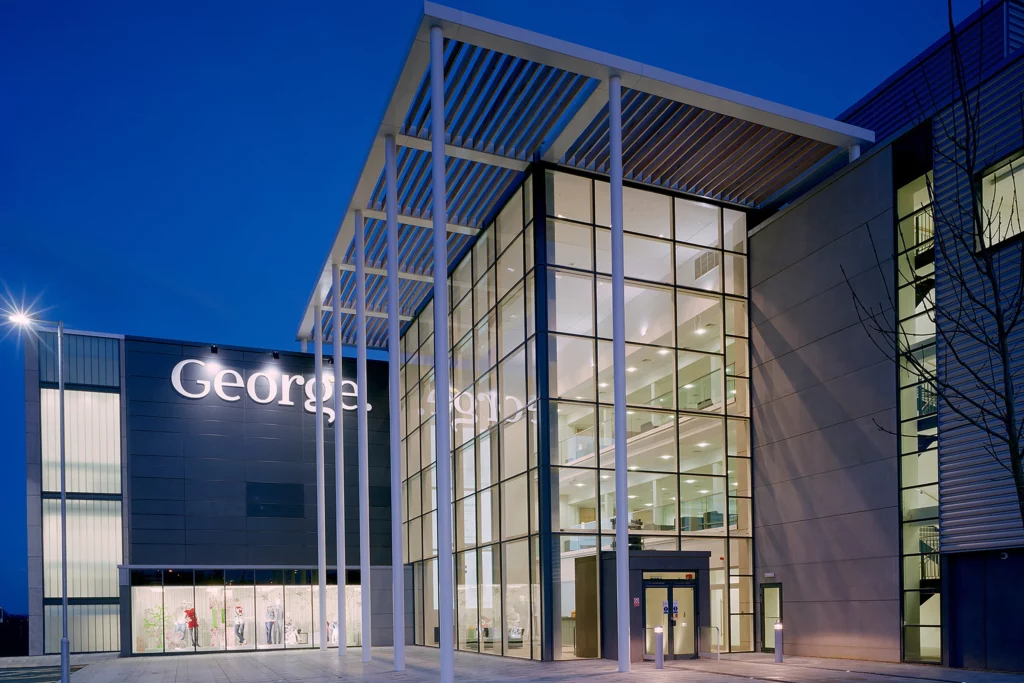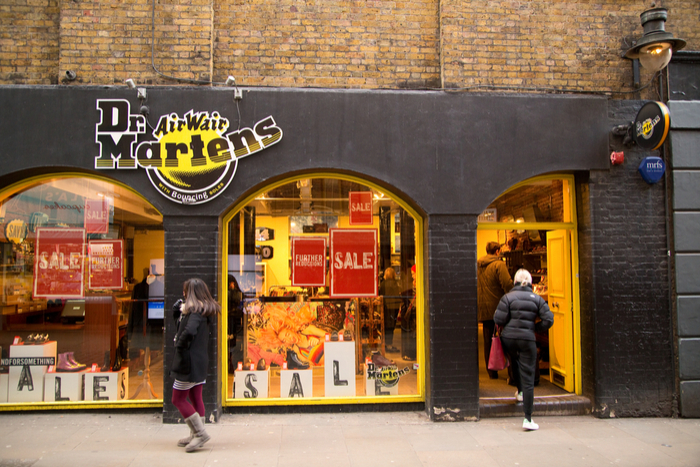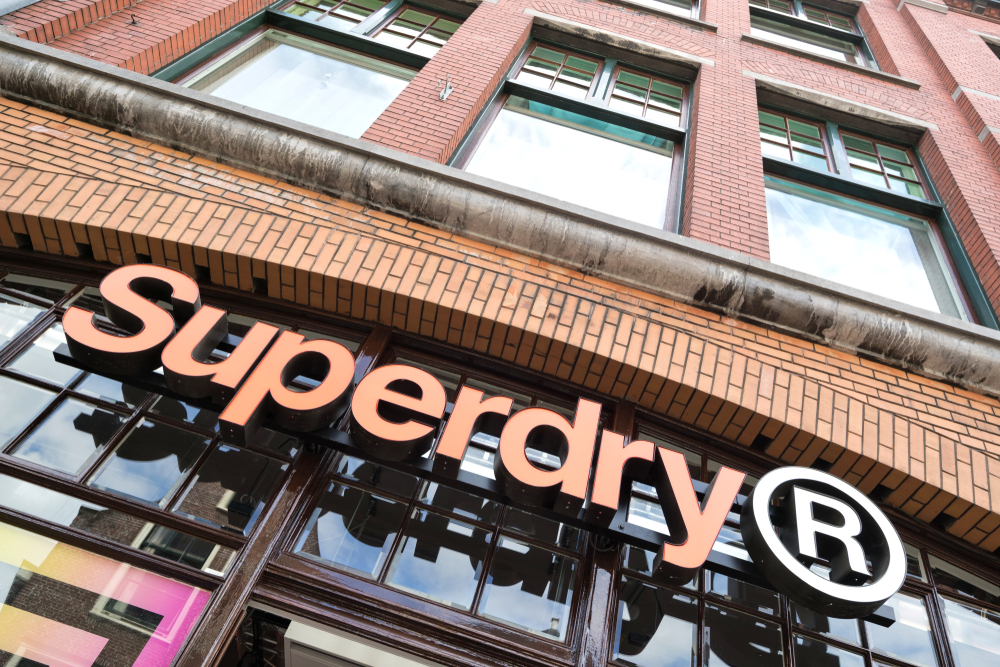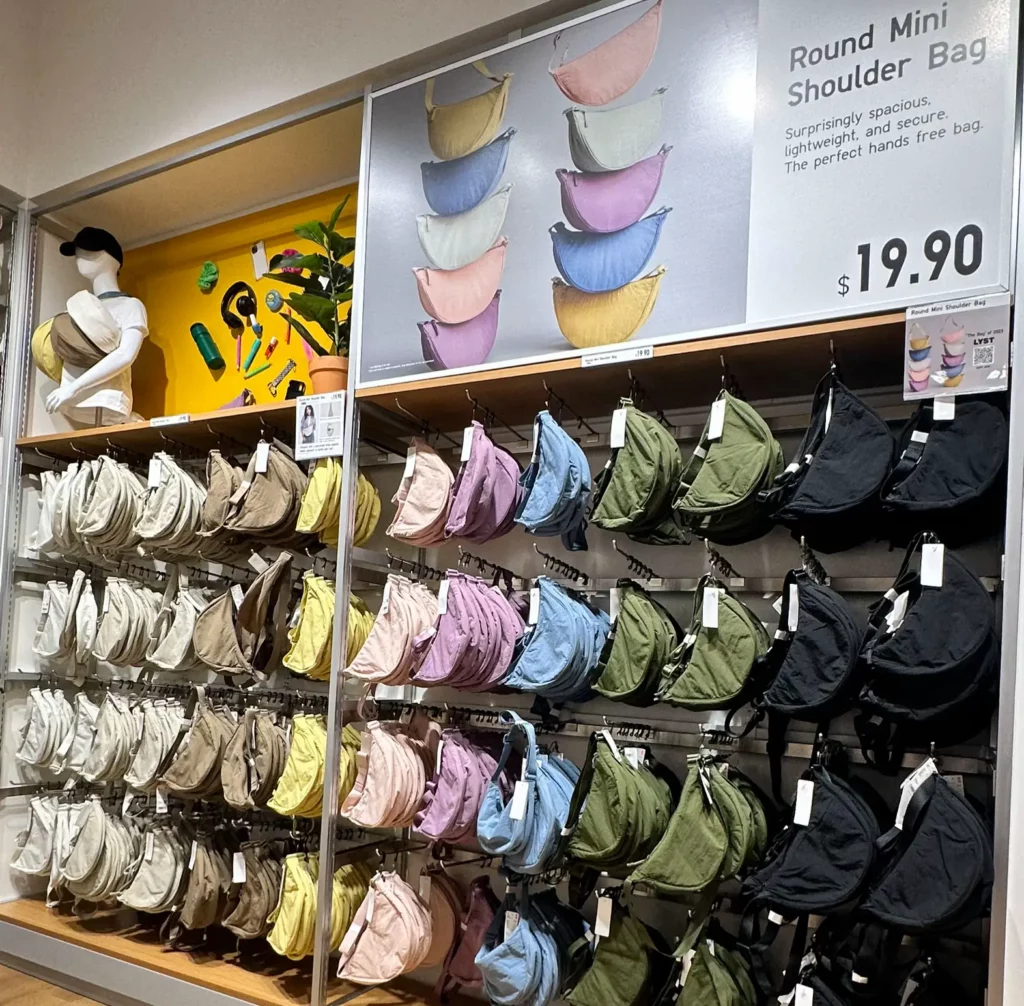With its celebrity collaborations and snazzy launches, Sir Philip Green’s Topshop brought fun and drama to the UK’s high streets at a time when the fast fashion industry was thriving.
However, the UK retail industry was left reeling after Green’s Arcadia Group retail empire, of which Topshop is a part, collapsed into administration last year. The move plunged hundreds of stores and 13,000 jobs into uncertainty and proved that even the biggest retailers weren’t immune to the perils of the high street.
Administrators from Deloitte are now combing through Arcadia’s books to see what value is left. While it seeks to sell assets, Topshop’s world-famous flagship store on London’s Oxford Street is likely to go on the chopping block to raise cash. In fact, just recently estate agents Eastdil and Savills were appointed oversee the sale of the Oxford Street flagship.

Arguably, the possibility of Arcadia being able to bounce back with Topshop as its prime fashion retailer all depends on the outcome of the firm’s administration. The worst-case scenario would be liquidation, which would mean that Arcadia would cease to exist.
However, Topshop could still salvaged if it were to be sold off as its own brand. It’s just a question of whether it would have the same presence on the high street – if at all.
A once-beloved fashion retailer and the crowning jewel in Green’s Arcadia empire, Topshop’s decline arguably represents a stark warning of the changing relationship between consumers and fashion retailers.

The sale of the 90,000sq ft Oxford Street store is expected to reach at least £200 million, and sprawls three floors of clothes, shoes and accessories, plus a cavernous basement housing a premium boutique range and a curated selection of vintage clothing.
The flagship offered a multi-sensory experience: the labyrinth of mirrored escalators were packed with bewildered tourists as the sound of pummelling house music from a resident DJ permeated the building.
Arcadia’s empire has already begun to separate. In December, administrators struck a deal to sell its plus size womenswear brand Evans to Australian fashion retailer City Chic. The future of Arcadia’s other retail fascias – Dorothy Perkins, Wallis, Miss Selfridge, Burton and of course Topshop and Topman – continues to hang in the balance.
It also probably doesn’t help when Green himself has courted controversy in recent years. In 2019, he was named in the House of Lords by Lord Hain, speaking under parliamentary privilege, as the unnamed businessman at the centre of a MeToo scandal that graced the front page of The Telegraph. Green has consistently denied any “unlawful” behaviour.

Meanwhile, he spent around two years fighting calls to inject some of his own money into the £571 million pension black hole left behind after the BHS administration. He eventually agreed to pay his share into the pension deficit, while also paying a £1.2 billion tax-free dividend to his Monaco-based wife, Lady Green, as his retail businesses are owned in her name. BHS was part of the Arcadia family for 15 years until Green infamously sold it off to former bankrupt Dominic Chappell in 2015 – for £1. The retailer collapsed the following year.
The story of Topshop’s glory years – and of its fall – is closely tied to Green. He famously welcomed a bi-annual London Fashion Week show from 2005 until 2018, where he was usually pictured sitting between Kate Moss and Anna Wintour.
Topshop’s triumph on the high street began to slow down prior to the Covid-19 pandemic, as it lagged behind with its digital presence. Even before the crisis, in 2019 Topshop reported losses of £498 million.

The enforced closures of physical stores across multiple lockdowns has exacerbated a shift online, and the increased competition from new online brands over the years, such as Asos and Boohoo, has also piled on pressure.
“Topshop used to be cutting edge and ahead of its time,” said Peter Scott, head of retail consultancy Graystone Strategy and a former Arcadia area manager.
“It was the first store to have top model collaborations including Kate Moss, and DJs in store as well as interesting concessions.
“But like a lot of retail brands with a strong figurehead, it lost its way after Jane Shepherdson departed.”

As Topshop brand director, Shepherdson offered high-end fashion items at high street prices that placed “Oxford Circus Topshop at the top of the itinerary of New York fashion editors”.
Topshop was transformed from a teen chain store to that of high street fashion phenomenon prior to Green’s acquisition of the retailer in 2002. In 2007, a week after Green announced that Moss had signed a deal to design clothes for the retailer, Shepherdson resigned from Topshop after being with them since the 1990s.
“As Topshop’s audience matured and turned to alternative brands, Asos being a key one, Topshop has failed to truly understand and put its evolving customer base at the heart of its marketing strategies,” said Matt Andrew, managing director of marketing agency Ekimetrics.
“Key competitors have forged partnerships with Love Island, Instagram and TikTok stars, who are much more popular among a Gen Z audience than traditional celebrities.
“Topshop on the other hand has been a step behind in leveraging influencers that hold true affinity with its primary audience, which has resulted in them being tempted away from the brand towards others.
“Topshop used to be cutting edge and ahead of its time”
“To truly understand its audience, Topshop needs to leverage the opportunities that data science and marketing mix optimisation can provide it.
“The regular use of live advanced data will empower the brand to rebuild itself based on a deep understanding of its audience and move with the fast-paced landscape.”
Andrew added that Topshop needed to re-evaluate what it stands for to customers.
“Through analysing and utilising consumer behaviour data, Arcadia will be able to truly get under the skin of its audience, re-evaluate the brand values and integrate this insight into its omnichannel marketing strategy to bounce back amid intense competition,” he explained.
“H&M is an example of a brand that has adapted to this successfully through its Conscious collection, which is reflected right across its channels and in store.
“The role of Topshop’s brick-and-mortar stores must provide customers with a valuable experience to drive revenue.”
Rick Smith, managing director at business rescue experts Forbes Burton, said Topshop could make a comeback by planning and executing a better marketing strategy.
“It then needs to double down on the messaging and comms to this market, as well as being able to make sure it can back this up with a good distribution model,” he told Retail Gazette.
“Topshop failed to truly understand and put its evolving customer base at the heart”
“In the short term Topshop will have been tainted, but the public has a very short term memory and this factor will unlikely influence long term sales.
“The main problem is the general trend towards online and other shopping methods. Like many of the other high street chains the pandemic will have had a profound effect on Topshop – with less people using the high street this will have reduced sales.”
Meanwhile, Andrew argued that as competitors such as Boohoo and Missguided suffer from the backlash of employee conditions and environmental responsibility exposés in the media, “there is a big opportunity for Arcadia to revaluate what the Topshop brand stands for and appeal to this growing dissatisfaction among younger audiences”.
Mass-market clothing production was met with renewed controversy last year after modern slavery allegations were linked to Boohoo Group’s Leicester garment factories. In September, Boohoo accepted all the recommendations of an independent review which found major failings in its supply chain in England in response to the allegations of poor working conditions and low pay.
While Topshop may not exactly be churning out new pieces at the breakneck speed of its online-only rivals, it still has a fast fashion business model which mass produces garments cheaply, then ships them to 260 outlets worldwide.
Yet as more consumers question firms’ environmental records, Topshop has fallen behind when it comes to sustainability. In fact, Shepherdson herself shifted out of retail into rental, as the chair of My Wardrobe HQ, an online fashion rental platform.
She told The Times in December that her resignation from Topshop came as she realised she was “part of the fast-fashion problem”.
Although Topshop established itself as a high-street contender in the world of high fashion, and was one of the first chains to launch its own runway shows – complete with celebrities and models dotting front rows – retailers such as Boohoo, PrettyLittleThing and Missguided offer rapid production rates and even more cut-price offerings, with many selling dresses for under £5.
As its key demographic grew older – with more disposable income and an eye on quality – Topshop consumers gravitated towards the likes of H&M Group’s & Other Stories and Cos, which emphasise higher-quality fabrics.
In order for Topshop to bounce back and fit the modern-day consumer, it may need to work on its sustainability values. While it has also been labelled as a victim of the pandemic, its problems go back many years.
There was a huge leap in digital transformation in 2020. In order to bounce back, Topshop may need to invest in its online channels and tailoring its marketing, basing both on customer behaviour insight.
Topshop currently has around 150 stores in the UK, a number which has dramatically decreased in recent years. In order to survive on the high street, it may need to reduce its store portfolio and focus on building an in-store experience to compete.
Through the administration process, Arcadia has the opportunity to renegotiate land leases for Topshop’s physical stores, enabling the retailer to reduce its cost base and reallocate budget to alternative incremental avenues.
Click here to sign up to Retail Gazette’s free daily email newsletter

